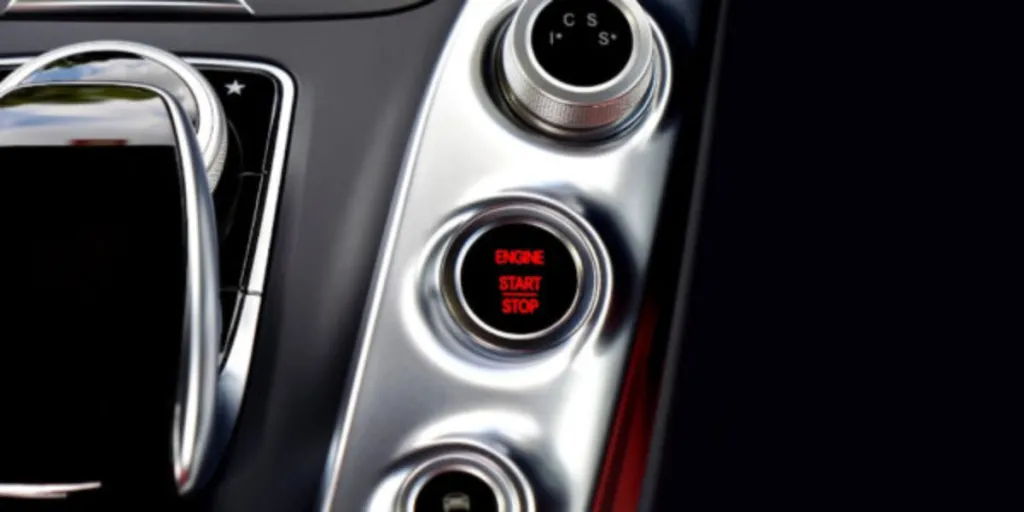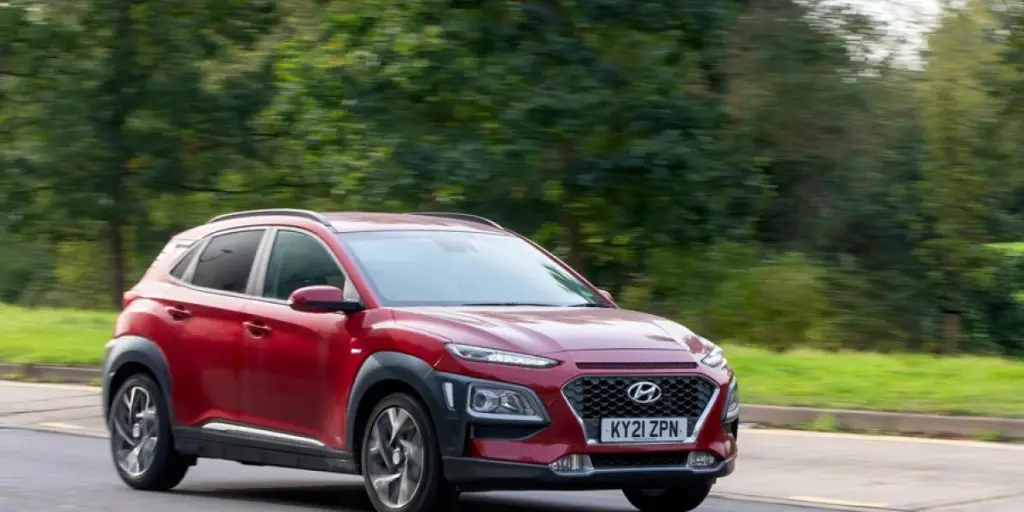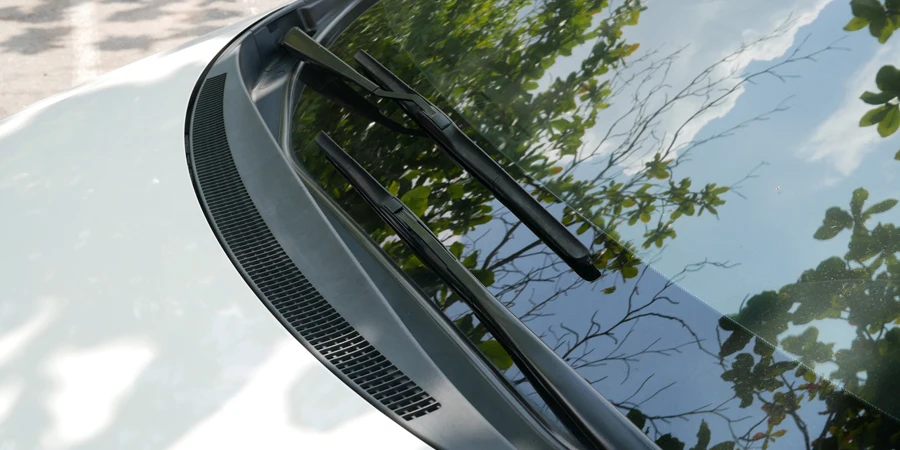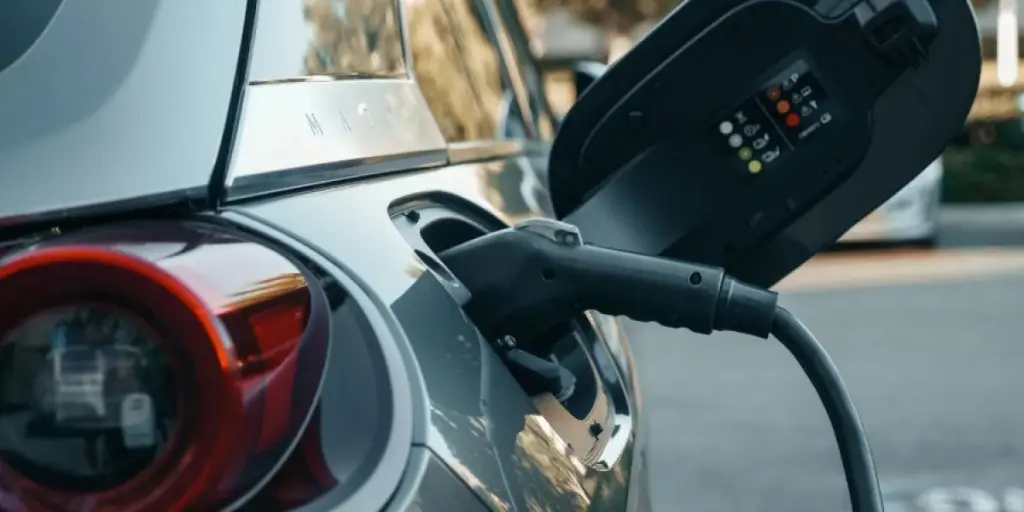Every car dealer who values the lives of their customers as much as they value their business reputation will always rely on legitimate diagnostics tools to help test-drive, inspect, maintain, and fix their products before selling them.
Car inspections can reveal hidden issues with a vehicle, such as auto starter problems. This article explains proven and easy ways to diagnose starter issues in a car.
Table of Contents
Understanding how auto starters work
Common indicators of car starter problems
Common causes of starter system problems and their solutions
How to test a car starter
How to replace a car starter
Conclusion
Understanding how auto starters work
Everybody needs a little push now and then to get up and running. The same applies to car engines, which rely on auto starters to give them that initial push. An auto starter is a vital part of a car’s ignition system. When the ignition key or button is activated on the car dashboard, the motor sends electrical signals to the car’s solenoid valve, which in turn activates the flywheel of the engine’s crankshaft. As the flywheel rotates, the engine crankshaft turns with it, giving the engine the mechanical energy needed to start up. With the engine started, the auto starter shuts down until it’s needed again for the engine to be restarted.
Common indicators of car starter problems
Over time, vehicles are more and more likely to develop issues with their car starter. As such, it’s always best to check for issues before handing off or receiving a used car. Below are some of the most common indicators of car starter problems:
- Labored or slow cranking: These two signs commonly point to a car starter going bad, and should be addressed immediately. When the ignition key is turned on, the engine should crank sharply and easily. A labored or slowed-down cranking is usually a sign of a faulty starter motor.
- Intermittent car starting problems: This occurs when a car sometimes starts but fails to other times. This could be caused by a glitch in the solenoid or dirt build-up in the wiring.
- Starter not working: If upon turning the ignition key you hear the engine click or go silent instead of kicking to life, this may indicate a number of issues, including a fault traceable to the solenoid, the wiring, the motor, or the entire starter system.
- Engine whines or whirs without cranking: Starting a car with a bad starter sometimes causes the engine to whirr instead of cranking. This happens when the motor isn’t working and the flywheel on the crankshaft is instead rotating freely.
- Burning smell: A starter system is made up of both electrical and mechanical parts, and if a bad car starter is neglected, the problem is likely to extend to the mechanical components, causing them to burn and smell.
- Oily starter: The auto starter is located underneath the cylinders on the left-hand side of the engine. Every time the car is started, the engine sucks oil into these cylinders. Over time, the oil may start to leak from the engine’s main seal into the starter below. Failure to solve this issue can shorten the lifespan of the starter and cause serious car starting trouble down the road.
- Starter keeps running after the engine starts: Once you ignite the engine, the starter should deactivate immediately. If the motor continues to run, it may be the sign of a major electrical circuitry problem in the starter system.
- Interior light dims in an attempt to start the car: When a short circuit occurs in the interior wiring of the auto starter, it may try to draw extra power from other electrical sources, such as the car’s interior lights.
Common causes of starter system problems and their solutions
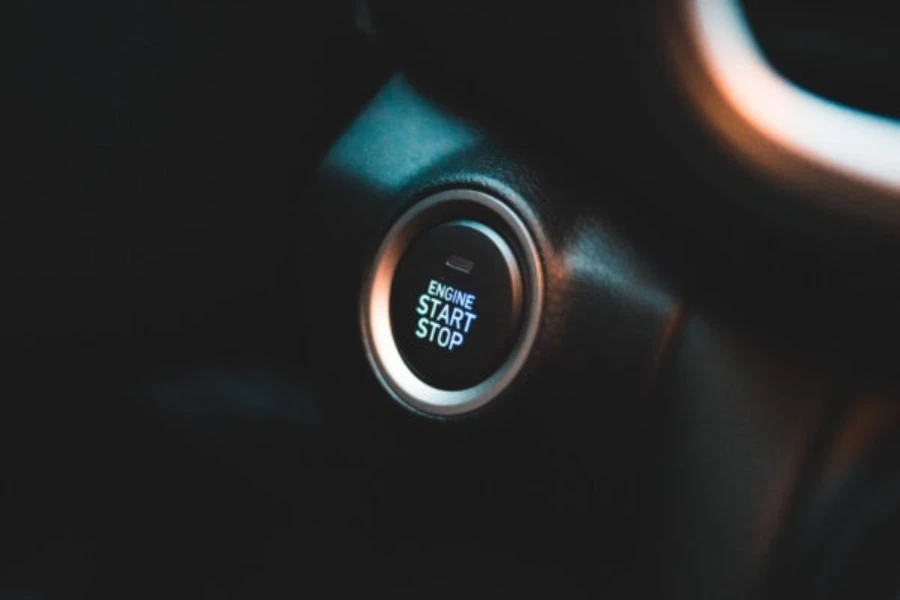
- Failed alternator: Excessive wear or inadequate lubrication can cause the car’s alternator to fail, in turn, causing the wiring to break and disrupting the amount of electricity sent to the engine. To solve this, the faulty alternator needs to be replaced. Simply disconnect the car battery and the wire from the alternator rear, and detach the belt from the pulley by turning the bolt/rod-end of the tension pulley until it is relaxed and the belt pulls out. Finally, unbolt the faulty alternator from the bracket and install the new one.
- Failed ignition switch: The ignition switch is a hardworking piece of equipment that will inevitably have the occasional glitch. A quick fix for one-off issues is to find the battery and the ignition coil in the car hood and connect the positive terminals of the two to generate power for the engine. If this doesn’t work, the ignition may need to be replaced.
- Fuel delivery problems: As long as the combustion chamber of the car doesn’t receive a sufficient amount of fuel, the engine won’t start, no matter how many times it is ignited. This issue can be fixed by unclogging the fuel filter, repairing or replacing the fuel pump, or taking other actions that improve fuel delivery.
- Malfunctioning starter motor: A weak battery or one improperly connected at the terminal may cause a host of starter motor problems. To repair a malfunctioning motor, disconnect the car battery, remove the starter, clean it with a petrol-soaked sponge, and strip its parts into a bowl. Inspect the solenoid and the adjoining pinion gear, armature, and field windings for any sign of burn. Replace any burnt parts and reassemble the starter motor.
- Dead battery: If a car won’t start, it may also be because of a dead battery. In most cases, all that has to be done then is to jumpstart the car. Simply start the engine by connecting a working battery to the dead battery to power-boost it. After a few minutes, disconnect the batteries and try using the dead battery again. If it doesn’t work, it will likely need replacing.
How to test a car starter
It’s important to test the starter after running a car’s diagnostics. Here’s how:
- Run an inspection: Before you start testing, check the condition of the starter and its cable. Look closely to spot any loosened bolts, and tighten them.
- Test for power: Get a voltmeter, and clamp one of its leads to a terminal of the starter, then hold the second lead to the starter’s second terminal. The voltmeter should display a reading. If it does not, it means the starter or the car battery is not working and may need a repair, adjustment, or replacement.
- Test for resistance: After confirming that the starter has power, it’s time to check its resistance with a multimeter. An ideal auto starter should have a 4-6 ohms resistance. Get a reading by plugging the multimeter’s black probe into the ground terminal of the starter and the red probe into the starter’s positive terminal.
How to replace a car starter
If you need to replace a car starter that has developed a critical auto starter problem, follow the simple steps below:
- Safety first: Always wear protective goggles and gloves, and support the car hood with a hood stand after opening it.
- Remove the wiring, starter, and bolts: Spot the solenoid and disconnect the wiring, starter, and bolts from it.
- Compare to verify: Check to make sure that the new auto starter is the same as the old one.
- Move the heat shield: Unscrew all of the protective shields, such as the brackets, from the old starter and transfer them to the replacement starter.
- Put in the new starter and tighten to secure it: Make sure you use the right wrench to secure the new starter.
Finally, if you’re unable how to change the starter yourself, simply take your car into your nearest garage for a full checkup.
Conclusion
Auto-starter problems can be frustrating. To that end, every auto dealer should run regular car starter diagnoses ahead of time in order to spot any developing issues before they occur. By doing so, the car can be tuned up and presented to potential buyers in their best shape. You can find hundreds of budget-friendly auto starters from Verified Suppliers at Alibaba.com.
